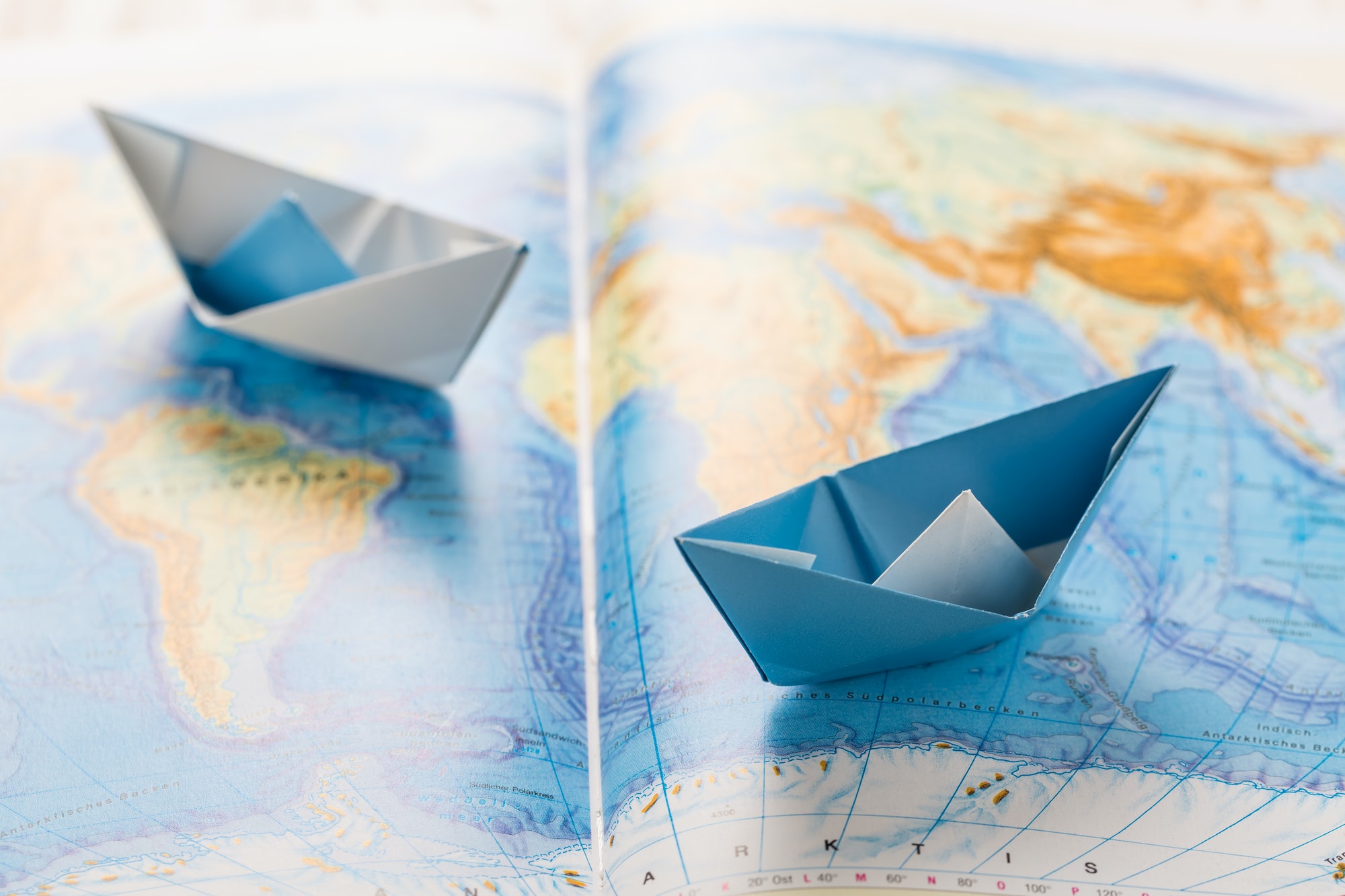Let’s dive into the tragic shipwreck near Libya and see what it tells us about the Mediterranean migrant crisis. We’ll break down the complex issues of international migration and the humanitarian challenges involved.

The Heartbreaking Incident Near Libya
The Mediterranean Sea is known for being really dangerous for people trying to get to Europe for a better life. Unfortunately, there was another sad incident where over 60 people, starting their journey from Zuwara, Libya, might have drowned. This shows us how serious the migrant crisis is and the risky paths people take hoping for a better tomorrow.
Leaving Zuwara: A Risky Start
Zuwara, a city on Libya’s coast, is a common starting point for these dangerous trips. The recent disaster involved a boat that was too full and not safe enough for the rough sea. The boat, with people from different parts of Africa, faced huge waves and ended up sinking.
What the International Organization for Migration (IOM) Does
The International Organization for Migration is working hard on these issues. They collect data showing how dangerous these journeys are, with many people dying every year. The IOM helps out and keeps track of these events, which is super important for understanding and dealing with the migrant crisis.
Why Crossing the Mediterranean is So Risky
The Mediterranean is one of the deadliest routes for migrants. The recent shipwreck near Libya reminds us of the dangers, like overcrowded boats, bad weather, and not enough rescue help, which lead to many deaths in this area.
Helping Migrants at Sea: The Big Challenge
Helping people at sea is really tough. Rescue missions face a lot of problems, including political issues and logistical challenges. It’s really important to have countries work together to make sure migrants are safe.
What Happens After Rescue: Detention Policies
After being rescued, the future for migrants is often uncertain. Many end up in detention centres, like in Libya, where conditions can be very different. How these centres are run and how they treat migrants are big issues in the ongoing discussion about migration and human rights.
Italy as a Main Destination
Italy is a major place where migrants arrive from places like Tunisia and Libya. The growing number of people reaching Italy is a big challenge for Italian authorities and the European Union in terms of managing this influx and helping these people properly.
This article is now rewritten in a simpler, more understandable way for college students.

FAQ Section for the Mediterranean Migrant Crisis Article
Q1: Why do migrants choose to cross the Mediterranean Sea?
A1: Migrants cross the Mediterranean Sea mainly in search of a better life in Europe. They might be fleeing conflict, poverty, or persecution in their home countries. Despite the risks, they hope for safety, better job opportunities, and a chance to reunite with family members already in Europe.
Q2: What makes the journey across the Mediterranean so dangerous?
A2: This journey is dangerous because of several factors: overcrowded and unsafe boats, unpredictable weather conditions, and the lengthy distance of the crossing. Also, migrants often lack proper navigation and safety equipment, making the journey even riskier.
Q3: What is the role of the International Organization for Migration (IOM)?
A3: The IOM plays a crucial role in helping migrants. They monitor and report on migrant journeys, provide emergency aid, and assist in search and rescue operations. The IOM also works to promote safe migration practices and policies.
Q4: What happens to migrants after they are rescued?
A4: After being rescued, migrants often face uncertain futures. Many are taken to detention centers where conditions can vary. They might apply for asylum or face the risk of being returned to their home countries. The process and outcome depend on the immigration policies of the country they arrive in.
Q5: Why is Italy a primary destination for these migrants?
A5: Italy is a primary destination because of its geographical location – it’s one of the closest European countries to North Africa. Italy has a long coastline facing the Mediterranean, making it an accessible entry point for migrants coming from Libya and Tunisia.
Q6: What are the main challenges for countries receiving these migrants?
A6: The main challenges include managing the large number of arrivals, providing adequate humanitarian aid, processing asylum requests, and integrating migrants into society. Countries also face political and social pressures in balancing their humanitarian responsibilities with domestic concerns.
Q7: How can the international community help with the migrant crisis?
A7: The international community can help by providing financial and logistical support for rescue operations, aiding in the development of safer and legal migration routes, and assisting countries that receive a large number of migrants with resources and policy support.
Q8: What are the risks for migrants in detention centers?
A8: Risks in detention centers include poor living conditions, lack of legal assistance, and potential human rights abuses. The quality and safety of these centers vary widely, and there are ongoing concerns about their management and the treatment of migrants.
Adding this FAQ section offers readers a quick and comprehensive understanding of key aspects of the Mediterranean migrant crisis and its implications.
Sources BBC


